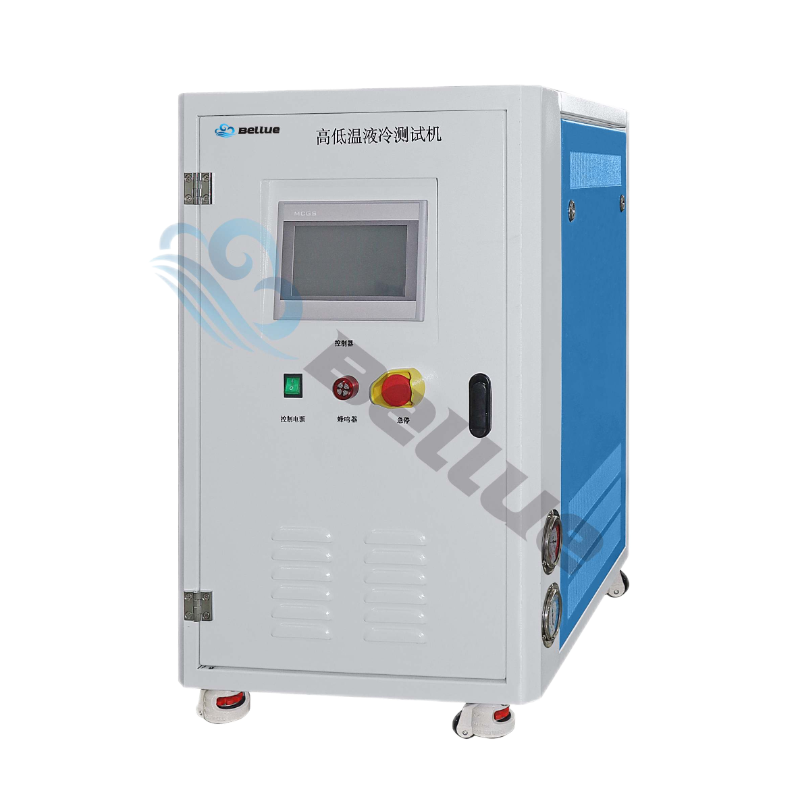High and low temperature coolant testing machine: The key to safe and stable operation is the ideal installation environment
With the rapid development of industrial technology, the role of high and low temperature coolant testing machines in various laboratories and production lines has become increasingly prominent. However, to get the most out of this sophisticated test equipment, the right installation environment is crucial. This paper will analyze in detail the specific requirements of high and low temperature coolant testing machine for installation environment from four aspects: safety, light, temperature and ventilation.
First, security: the first choice
Safety is the primary consideration when choosing a high and low temperature coolant tester installation environment. Because the test machine will produce high temperature during operation, it must be kept away from flammable and explosive substances to ensure the safe operation of the equipment and improve work efficiency. In addition, the high radiation environment may also cause damage to the test machine and shorten its service life. Therefore, choosing a radiation-free or low-radiation installation environment is crucial to protect equipment performance and extend service life.
Second, light: bright environment to help maintenance
Good light conditions are the basis for ensuring the smooth maintenance of the high and low temperature coolant testing machine in the later period. The bright environment helps the staff to observe and detect the operating status of the equipment more accurately, and discover and solve problems in time. Therefore, when installing a high and low temperature coolant test machine, a place with sufficient light and a wide field of view should be selected to facilitate daily maintenance and maintenance work.

Third, temperature: low temperature environment to ensure stable performance
Suitable ambient temperature is of great significance for maintaining stable performance of high and low temperature coolant tester. Heat is generated during the running of the test machine. If the ambient temperature is too high, the heat dissipation effect of the device may be affected, reducing the working efficiency and even causing faults. Therefore, the installation environment should try to choose a low temperature area, especially in the use of air-cooled high and low temperature coolant test machine, low temperature environment helps to improve the overall work efficiency of the equipment.
Fourth, ventilation: good air circulation to promote heat dissipation
Ventilation conditions for the operation of high and low temperature coolant testing machines can not be ignored. Good air circulation helps the equipment to dissipate heat and prevent overheating, thus ensuring the stable operation of the test machine. During the installation process, avoid choosing an outdoor or open-air environment to prevent the equipment from being affected by bad weather. At the same time, ensure that the ventilation of the installation environment is good, so that the heat generated by the equipment can be discharged in time.
In summary, the installation environment of the high and low temperature coolant testing machine has an important impact on the operating efficiency and service life of the equipment. When selecting the installation location, factors such as safety, light conditions, ambient temperature and ventilation must be fully considered to ensure that the high and low temperature coolant test machine can operate safely and stably in the best environment, providing strong support for the work of the laboratory and production line.
Energy storage liquid cooling temperature control technology application advantages
How to derive the test results of high and low temperature coolant tester
High and low temperature coolant test electrical source circuit connection method
The problem of water source during the use of high and low temperature coolant testing machine
Coolant filling and discharging method of battery module high and low temperature liquid cooling test machine
High and low temperature liquid cooling test machine solutions
